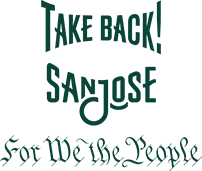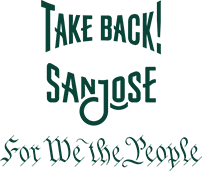
David Teniers: The Archery Contest, 1645. Image by Wikimedia Commons
You’ll never guess this one: it’s actually way more lucrative for City-funded nonprofits when homeless people stay homeless, points out formerly unhoused San Franciscan JConr Ortega. Below, Ortega’s analysis of the Homeless Industrial Complex—the gov’t/nonprofit entities that profit from homelessness, so long as it remains a serious (unsolved) problem—and how it affects Bay Areans.
So the unfortunate thing is that we’ve been seeing an increase [of homelessness] going up through the years, and the scary thing is it’s more profitable—I tell people—it’s more profitable to keep a person homeless in San Francisco today than it is to get them actually housed. (4:50–5:06)
So it’s a disconnect. It’s the citizens of San Francisco, who are very compassionate people—I’ve met very compassionate people—and it’s the government, who’s using that compassion to make a profit out of. (49:45–49:57)
But the issue is, when you’re being paid to solve a problem, you have a financial incentive to make problems worse in order to come back the next year and say, “I need more money. The problem’s gotten worse. You’ve got to fund me.” And a lot of the homelessness nonprofits we have in San Francisco, they’re given all this money, but they’re not actually given an audit of how they actually spend the money. So they’ll spend the money they have allocated for a year. They’ll come back and say, “The problem’s gotten worse. We need more money.” And it’s never situations where they ask for this amount from the previous year. They always ask for more. And they can never actually explain to the city, and especially to the mayor, where the money’s actually going. (9:25–10:10)
These nonprofits are never really audited, so they’re not exactly forthcoming. You’re asking a fox to investigate the fox of “how many chickens have you eaten?” It’s like, “Well, how many chickens are really chickens?” (47:46–47:59)
There are people in [the industry] who are doing really good work, and really compassionate work, and I always want to give them my full support. But it’s always overshadowed by the bigger, better ones that are just out there trying to make a profit off the affliction of people. …
BART [Bay Area Rapid Transit] spent around $300,000 to combat homelessness, and they only got one person out. And BART receives money from the state, which receives money from the taxpayers. So it’s the taxpayers are paying obscene amounts of money, only to get one person out. And that’s a problem. That means that however much it took to get that one person, the rest of that money disappeared somewhere else. And that’s why a lot more people are wondering, “Where’s that money going to?” (52:32–53:24)
Watch the whole thing here.
RELATED:
- Inspecting the black hole of SJ’s homeless spending
- Common sense solutions to homelessness crisis stymied by “Homeless Industrial Complex”
- Opinion on SJ homeless nonprofit flops: We don’t just need “more shelters”—but better financed/managed shelters
Follow Opportunity Now on Twitter @svopportunity

